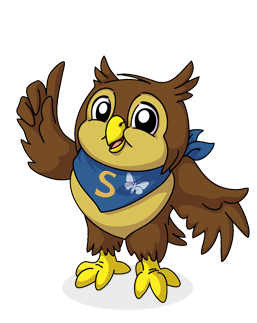Phonics
Start of by recapping the phase 3 and phase 5 sounds by playing sound mat BINGO! Next look at the images in the link below – you do not need to print this.
The pictures are in columns , at the top of each one you can see the grapheme that makes the ‘igh’ sound. These activities focus on applying the correct spelling of the ‘igh’ sound in words. Look at the pictures together, what do you think that the words might be – remember we are focusing on different ways of making the ‘igh’ sound. Now have a go at writing the words applying the correct spellings.
Reading
It is still important to read at home. 10 – 15 minutes each day will continue to make a big difference to your child’s reading. If you would like to swap your books please email Mrs Woods who will arrange this for you.
Her email address is cwood@southill.dorset.sch.uk
English / Topic
Today I would like you to have a go at creating an imaginary animal. You might like to use different body parts from your favourite animals that you have learnt about over the past few weeks. Can you write a short description of your new creature. There are some images below that you could use as examples. The description might look something like this… notice that I have focused on the use of the conjunction ‘and’ to join together ideas.
My animal has the head of a tiger and the body of a sea lion. It is the fastest animal on the land and it can breathe underwater. In the daytime it plays in the sea with its friends and at night time it hunts its prey.

Maths – telling the time
You will notice that today’s learning follows the same structure as yesterday. This time you are focusing on telling the time to half past the hour.
In Focus – page 88. Begin by talking about what time is showing on Emma’s clock. Is the time in the evening or in the morning? How do we know? Next look at Ravi’s clock – make this time on a real clock if you can. Tell them that your friend says that they’re being silly and the clock must just be upside down and it is actually 6 o’clock. Give them time to discuss why this is incorrect. Look at how far past the 12 the minute hand is, it is half way around. Help them to realise it is halfway around the circle, ask them what they might call it, eventually settling on ‘half past’.
Lets learn- Times on the clocks. We would have made lots of ‘half past’ times at school. If you are able to do this at home that would be great. Half past 6 and Half past 11 always seem to be the trickiest so these are worth focusing on! At school we would use the mini clocks, I appreciate this may not be possible at home. If you have a clock and are able to practise that is great!!
Guided practice – Look at the times, talk about the most appropriate times for certain activities. For example, would you have your breakfast at half past in the morning or the evening? etc.
Only move onto the workbook if your child is confident with the concept – if not continue with the activity and guided practise. We all learn at different rates so please do not worry.
Workbook – complete work book pages 105-108



